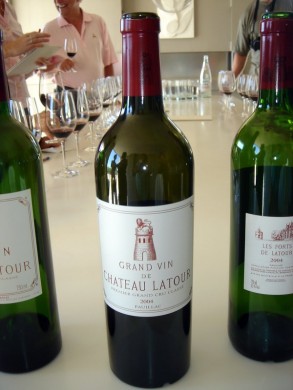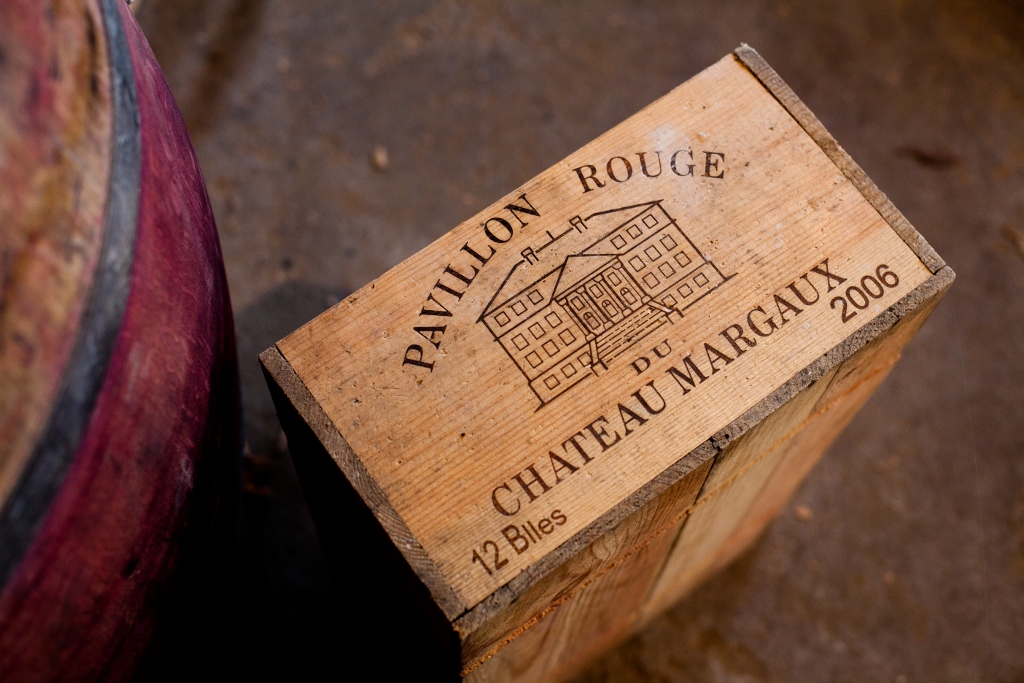Buying Bordeaux Futures

Frustrated by the uncertainty of buying Bordeaux futures? Wondering how to avoid the pitfalls of overpaying or getting the wrong vintage? Learn how to confidently navigate the process and secure the perfect investment in your cellar!
Late March/early April is a busy time in the Bordeaux wine region. This period each year marks the beginning of the “en Primeur” tastings when hordes of wine journalists, importers, and wine merchants from all over the world descend on the Bordeaux vineyards to get their first taste of the most recent vintage. What happens in these few weeks is of prime importance to the entire region, as it will determine the prices set for the wines of the best chateaus, setting the tone for the wine commerce of the region for the vintage and setting the stage for wine speculation for many years to come.
Buying Bordeaux Futures
- In English, we refer to this practice as buying “futures”. Buying Bordeaux futures is like buying futures for any other market-traded commodity, like grain or pork bellies. The idea is that you buy wine from the current vintage just a few months after it has been harvested and vinified (while it’s still aging in barrels), gambling that it will increase in value later on.
- After the future tastings, when the most prominent wine journalists publish their opinions of the wines tasted, the top tier chateaux (the First Growths, Petrus, etc.) set their prices, based on their opinion of the vintage and how much they think the wine will be worth on the market.
- They lead the charge, and the other chateaux follow suit afterward. Certain journalists (particularly Robert Parker) can make or break a vintage with their comments, and have an enormous (some would say inordinate) effect on pricing.
- After the chateaus set their prices, wine brokers and wine merchants purchase directly from the chateaus (nearly all the great Bordeaux chateaus sell their wine exclusively to wine merchants, not directly to the public). The merchants in turn mark up the price and sell to importers and retailers, who then sell to interested individuals.
- After the tastings in March, the futures are offered to the public in June or July. So in June/July 2005, wine lovers can purchase futures for the 2004 vintage. But the 2004 vintage will spend at least 18 months aging in oak before it’s ready to be bottled. For the greatest chateaux, the 2004 vintage will be bottled in June 2006 and then delivered that autumn to the wine merchants. The 2004 vintage would then be available on the export market in the spring of 2007. So there is a two to two-and-a-half-year gap between the harvest and the delivery of the vintage when buying futures.
Futures have been a mainstay of the Bordeaux wine market for some time. It was mostly limited to transactions between the chateaus and the wine merchants who sold their wines until the famous 1982 vintage brought futures buying to the attention of the general public.
- That vintage was so highly touted that individual collectors sought a way to reserve stock of the vintage in advance, knowing full well that those bottles would disappear (and gain in value) once they were placed on the market for the general public.
Therein lays the major attraction of buying futures: to reserve bottles of a great vintage in advance, and (ostensibly) at a lower price than the bottles will fetch once on the market. The attraction for the chateaus is cash flow. - During the time between the harvest and the time the wines are offered for sale, all the investment in that vintage is sleeping in their cellars and not making money for the chateau.
- The advance sale of the vintage provides a treasury for the chateau, giving them vital cash flow to continue their operations. It’s a win-win situation for everyone, including the wine merchants, distributors, and wholesalers, who get to mark up the prices at every step of the transaction (by the time the futures offer reaches them, individuals will pay a mark-up of 200 to 250% over the price originally offered by the chateaus to the wine merchants).
There is a good deal of controversy over the futures system at this time.
- The tastings used to take place a few months later than they now do, and many critics argue that the wines are way too young and undeveloped in March to be able to make an accurate prediction about their outcome.
- The cellar master draws samples for the tastings from various barrels to simulate the final blend. It is widely recognized that the chateaus use only their best lots for these samples, which may be fairly different from the final blend.
- Some chateaus have been accused of creating a special “Parker sample” to please the palate of the king of wine critics (i.e., particularly full-bodied and oaky) so he’ll give them a high rating.
- Finally, in some vintages (for example, the excellent 1985 vintage), the futures price ended up being the same as the price offered once the wine had been released publicly.
So should you venture into the wild world of Bordeaux futures?
If you are aware of the pitfalls, buying futures can help ensure you get the wines you want, particularly in the best years when the demand is high.
Robert Parker has said, “The lesson consumers can learn from history is that buying futures of the finest wines always makes economic sense in the great years.” Does that mean that you are guaranteed to make money by buying Bordeaux futures? No, not at all. As with any type of investment, there is some risk involved. Individuals who bought the great 1982 vintage certainly made a good investment, as those wines are now sold at many times their original value.
In other vintages, like 1997 or 1985, the wines ended up selling at the same price when they were released as they had been offered in the future.
Remember also that in the several years you’ll wait to receive your precious bottles, you could have been earning interest on the money you spent for them, particularly if you had used that money on another shorter-term investment. You’re also gambling that you’ll be able to resell your bottles down the line and make a profit. For all of these reasons, many financial experts caution against buying futures as an investment strategy.
But for the wine enthusiast who plans to cellar and eventually drink these great wines, buying in the future can be a good way to secure great wines and possibly save some money in the process.

If you decide that buying Bordeaux futures is for you, it’s important to work with a wine merchant or retailer who is reputable and experienced. If you’re forking over a considerable amount of money for wines that you’ll receive several years from now, you want to make sure your merchant is likely to still be in business, and that he’ll deliver your shipment in the end (unfortunately, there have been several cases of fraud and mismanagement of funds in the futures business). The Internet provides a terrific means of comparing prices between merchant futures offerings, and you will find a difference in price between the different merchants. But beware of “bargains”: if the price seems unbelievably low, much lower than all the other merchants, it’s probably too good to be true. It’s best to stick with established merchants who have a long track record and offer good, but realistic prices. Once you make your purchase, you should be given an itemized receipt with an approximate delivery date that will be confirmed later.
Other French wine regions have followed Bordeaux’s lead and are now also offering futures for their wines. These include Burgundy, the Rhône Valley, Languedoc and Alsace. The phenomenon is also slowly spreading to Spain, Italy, and California.


